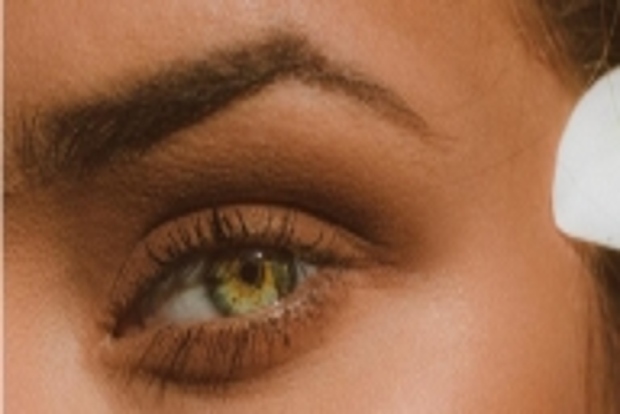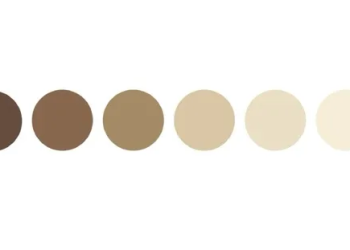Just three minutes of exposure to deep red light once a week, when delivered in the morning, can significantly improve declining eyesight, finds a new study.
The study, published in the journal Scientific Reports, found there was, on average, a 17 per cent improvement in participants’ colour contrast vision when exposed to three minutes of 670 nanometre (long wavelength) deep red light in the morning and the effects of this single exposure lasted for at least a week. However, when the same test was conducted in the afternoon, no improvement was seen.
“We demonstrate that one single exposure to long wave deep red light in the morning can significantly improve declining vision, which is a major health and wellbeing issue, affecting millions of people globally,” said lead author, Glen Jeffery from the University College London
For the study, the team involved a small yet significant number of participants aged between 34 and 70, had no ocular disease, completed a questionnaire regarding eye health prior to testing, and had normal colour vision (cone function).
This was assessed using a ‘Chroma Test’ — identifying coloured letters that had very low contrast and appeared increasingly blurred, a process called colour contrast.
Using a provided LED device, all participants were exposed to three minutes of 670nm deep red light in the morning between 8 a.m. and 9 a.m. Their colour vision was then tested again three hours post exposure and 10 of the participants were also tested one week post exposure.
On average there was a ‘significant’ 17 per cent improvement in colour vision, which lasted a week in tested participants; in some older participants, there was a 20 per cent improvement, also lasting a week.
A few months on from the first test (ensuring any positive effects of the deep red light had been ‘washed out’) few participants, carried out the same test in the afternoon, between 12 p.m. to 1 p.m. When participants then had their colour vision tested again, it showed zero improvement.























